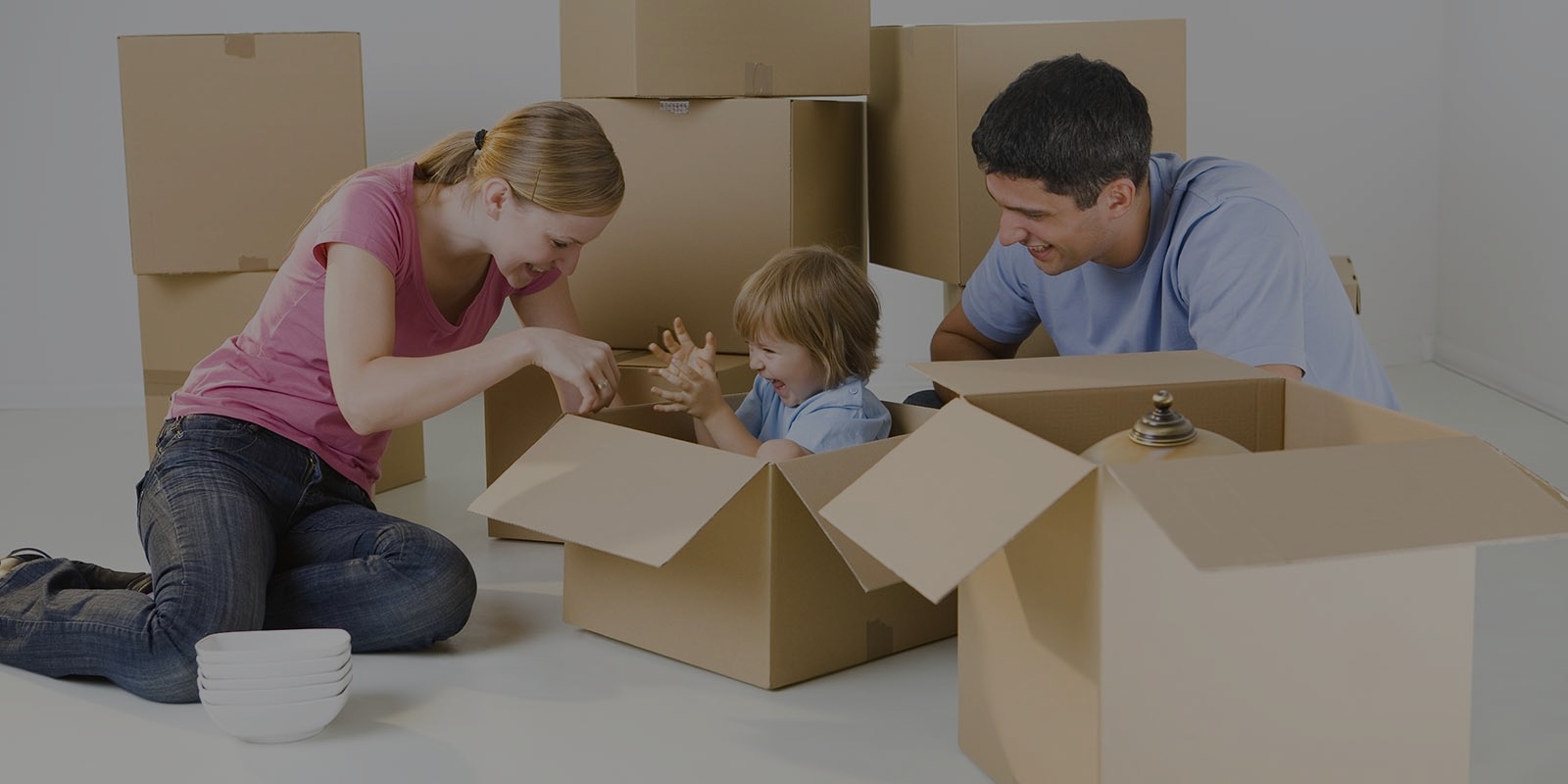Uncover the Best Ways to Move Your Bed and Mattress
Posted on 10/06/2025
Uncover the Best Ways to Move Your Bed and Mattress
Moving to a new home is always a blend of excitement and hard work. Among the most challenging items to transport--due to their size, bulk, and structural intricacies--are your bed and mattress. If you're gearing up for a move and wondering how to move your bed and mattress efficiently, safely, and without damage, you're in the right place. This comprehensive guide will uncover the best ways to move your bed and mattress, provide helpful tips, and equip you with everything you need to make your moving day as smooth as possible.
Why Is Moving a Bed and Mattress So Challenging?
Before outlining the best practices, let's examine why moving a bed and mattress is not as simple as carrying a box.
- Size and Weight: Mattresses (especially king or queen-sized) and beds are large, heavy, and often awkward to grip.
- Sensitivity: Both beds and mattresses can be damaged during a move--mattresses can bend and tear, while bed frames can scratch or break.
- Bulky Shape: Unlike square boxes, the long and wide shape makes them harder to maneuver through doorways and down stairs.
Now let's dive into the most effective ways to move your bed and mattress, whether you're hiring movers or taking on a DIY project.

Preparing to Move Your Bed and Mattress
1. Gather the Right Supplies
- Mattress Bag or Cover: Protects your mattress from dirt, stains, and tears.
- Furniture Blankets: To ensure the bed frame doesn't get scratched.
- Bubble Wrap or Packing Paper: For delicate or ornate headboards and footboards.
- Ratchet Straps or Rope: Keeps everything secure in the moving truck.
- Basic Tools: Screwdrivers, Allen wrenches, or any special tools needed to disassemble the bed frame.
- Gloves: For better grip and to avoid splinters or cuts.
2. Clear the Room
It's essential to clear a path from the bedroom to the exit. Remove any obstacles or tripping hazards, which makes lifting and maneuvering these bulky items much easier and safer for everyone involved.
3. Disassemble the Bed Frame
Disassembling your bed frame before moving it will:
- Make it easier to carry through narrow doorways or hallways.
- Reduce the risk of breaking or damaging the frame.
- Allow for more efficient use of space in the moving truck.
Tip: Keep all bolts, screws, and small pieces in a clearly labeled plastic bag and tape it to the headboard or main bed frame piece for easy reassembly later.
4. Clean Your Mattress and Bed Components
Before wrapping and moving, take some time to clean your mattress and each piece of the bed frame. This way, you'll be starting fresh in your new bedroom, and you won't be transporting dust or allergens.
Top Methods to Move Your Bed and Mattress
A. Hiring Professional Movers
If you want the easiest, least stressful solution, hiring professional movers is the best way to move your bed and mattress. Here's why:
- Movers come equipped with mattress covers, furniture pads, and the right tools.
- Their experience ensures items are moved quickly and safely.
- They are often insured, which safeguards your belongings in case of damage.
Professional movers will typically take care of bed disassembly, mattress wrapping, and reassembly at your new place. This is especially valuable if you have a large bed frame, an adjustable bed, or a heavy memory foam mattress.
B. DIY Move: Best Practices for Moving Mattresses and Beds Yourself
For many, a DIY move is the most cost-effective route. To do it successfully, follow these in-depth steps for how to move your mattress and bed frame without professional assistance.
Step 1: Properly Wrap and Protect Your Mattress
- Use a Mattress Bag: Purchase a heavy-duty plastic mattress cover and slide your mattress inside. These are available at most moving retailers and online stores.
- Tape Securely: Seal openings with packing tape to keep out moisture and dirt.
Step 2: Disassemble Your Bed
- Remove the Sheets, Pillows, and Bedding: Pack these separately.
- Take Apart the Bed Frame: Remove any slats, crossbars, headboards, and footboards. Keep each set of hardware grouped together and labeled.
- Wrap Fragile Parts: For beds with intricate designs or vulnerable parts, cover them with bubble wrap, packing paper, or blankets.
Step 3: Carrying and Loading Your Mattress and Bed
- Team Up: Mattresses and large frames require at least two people for safe lifting and navigating tight spaces.
- Walk the Mattress Out Vertically: Lifting on its side minimizes space and makes it easier through doorways.
- Keep It Flat in the Truck: Ideally, a mattress should lay flat to prevent bending and possible structural damage, especially for memory foam and hybrid mattresses.
- Secure with Straps: Use ratchet straps to fasten mattresses and frame parts so they don't move or shift in transit.
C. Renting a Moving Truck or Van
Depending on the size of your mattress and bed frame, you'll likely need to rent a vehicle designed for moving furniture. Renting from well-known companies grants you time and space to load and unload safely.
- Choose a truck with a flat floor and enough height for your bed and mattress.
- Use furniture dollies for heavier parts, particularly for long distances or multiple flights of stairs.
Detailed Tips for Moving Different Types of Beds and Mattresses
Memory Foam Mattresses
Memory foam mattresses are heavy and flexible. Don't ever fold or bend them aggressively as this can damage the foam structure. Instead:
- Keep the mattress flat during transit whenever possible.
- Use a strong, tear-resistant mattress bag for extra protection.
- If you must bend it, do so as little as possible, and let it rest flat as soon as you arrive.
Innerspring Mattresses
While usually lighter than memory foam, innerspring mattresses can be bent slightly for tight spots--but too much flexing can damage the springs. Use a bag and carry with care.
Hybrid or Pillow-Top Mattresses
These high-end mattresses combine innerspring coils with memory foam or latex. They're often heavy and high-profile:
- Handle gently and avoid bending or dragging.
- Always move with two people for safety.
Platform and Adjustable Beds
Many modern beds, such as platform beds or adjustable bases, may require extra disassembly:
- Refer to your manufacturer's manual for the safest way to take apart the base or frame.
- Secure electrical cords and small electronics in labeled bags.
- Protect remote controls and delicate attachments in bubble wrap.
Packing and Transport Safety Tips
- Never tie a mattress to the roof of a car. Not only is it unsafe and illegal in some places, but wind can ruin the mattress and endanger fellow drivers.
- Lift with your legs, not your back. Protect yourself from injury by bending your knees and keeping the item close to your body.
- Wear gloves and closed-toe shoes. This provides grip and protects your hands and feet from dropped parts or sharp edges.
- Be mindful of narrow corners and doorways. Move slowly and communicate with helpers at all times.
What to Do After Moving Your Bed and Mattress
- Inspect for Damage: Check your mattress and bed for any signs of tears, dents, or broken frame pieces before reassembling.
- Let the Mattress Air Out: After removing it from its cover, give your mattress a few hours to "breathe." This can disperse any odors and release moisture that may have accumulated.
- Assemble Carefully: Follow your original instructions for reassembling the bed frame. Don't overtighten bolts, which could strip the wood or metal.
- Add Fresh Bedding: Treat yourself to clean sheets and pillows for a comfortable first night in your new space.
Common Mistakes When Moving Beds and Mattresses
- Not using a mattress bag or cover. Unprotected mattresses can gather dust or sustain tears and stains during the move.
- Failing to disassemble the bed frame. Hauling it whole makes for difficult maneuvering and raises the risk of damage.
- Dragging the mattress. Always lift mattresses with at least one other person to avoid rips and injuries.
- Losing hardware. Store all bolts and screws in a labeled bag secured to one frame component.
- Overloading your vehicle. Don't cram too much into your car or truck--compressed mattresses can lose shape or be permanently damaged.
Frequently Asked Questions: Moving Beds and Mattresses
Can you fold a mattress to move it?
Traditional innerspring mattresses can be bent slightly, but memory foam and pillow-top mattresses should never be folded or rolled tightly. This can damage internal structures and void warranties. Always check your manufacturer's guidelines for moving or folding.
What is the safest way to move a king or queen mattress?
The safest way to move a king or queen mattress is to place it in a high-quality mattress bag, carry it upright with at least two people, keep it flat during transit, and secure it using straps inside the moving truck.
How do you move your bed and mattress without damaging hardwood floors or carpets?
Put down blankets or carpet protectors when moving large bed components. Avoid dragging any sharp frame corners. Use furniture sliders if available.
Is it worth hiring professional movers for just a mattress and bed?
For delicate, expensive, or extremely large beds, professional movers are often cost-effective due to the safety and convenience they provide. For small, simple beds, DIY is possible if you have proper help and equipment.

Eco-Friendly Ways to Move Your Bed and Mattress
Interested in sustainable moving? Here's how you can lessen the environmental impact while transporting your bed and mattress:
- Reuse mattress bags and furniture blankets instead of disposable plastic.
- Recycle cardboard and clean packing paper after you move.
- If replacing a mattress, donate your old one to a local shelter or recycling service instead of sending it to a landfill.
Conclusion: Moving Your Bed and Mattress the Right Way
Whether you hire movers or handle the process yourself, moving your bed and mattress properly requires planning, the right supplies, and a careful approach. Clean and disassemble everything in advance, use protective covers, enlist help when needed, and above all, take your time. A well-cared-for mattress will last longer and ensure many restful nights in your new home.
By following these best ways to move your mattress and bed, you can avoid damage, save money, and get a jumpstart on enjoying your new space. Moving doesn't have to be stressful--and with the correct techniques, your most important pieces of furniture will arrive in perfect condition.







